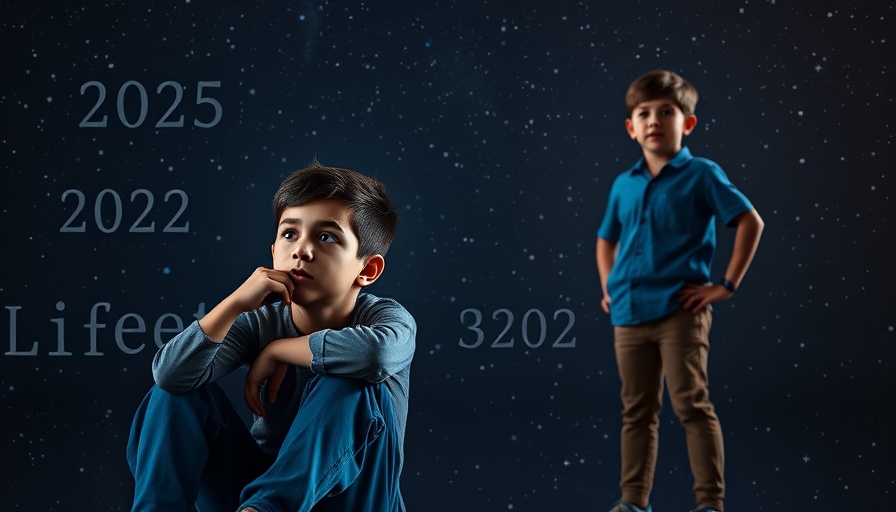
The Differences Between Autism and Down Syndrome: A Closer Look
When comparing autism and Down syndrome, it's crucial to understand how these two conditions manifest and the unique challenges that those affected may face. Autism spectrum disorder (ASD) is often referred to as a 'hidden disability' because its symptoms are not immediately visible. On the other hand, Down syndrome—caused by a chromosomal abnormality—can be identified through distinct facial features. While both conditions have their challenges, they require different approaches in education and social skill development.
In 'What’s the Difference Between Autism and Down Syndrome?', the discussion dives into the challenges and characteristics of both conditions, exploring key insights that sparked deeper analysis on our end.
Understanding Autism: A Hidden Disability
One of the biggest misconceptions about autism is that it is immediately apparent. Unlike Down syndrome, children with autism do not have specific outward physical characteristics that indicate their condition. The symptoms of autism can range from mild to severe and often include difficulties with social communication and interaction. Autistic individuals may struggle with understanding social cues, leading to challenges in forming friendships. However, many autistic people possess unique strengths and capabilities when given the right support.
The Distinct Features of Down Syndrome
Down syndrome can often be recognized by certain physical characteristics, such as smaller eyes and flatter facial features. While individuals with Down syndrome can face cognitive challenges, language development is typically less of an obstacle compared to autism. They often have the ability to engage socially and can communicate effectively if their speech development is intact. Importantly, they do not usually struggle with social interactivity in the same way autistic individuals might.
Social Skills and Education: Tailored Approaches
When it comes to educational methodologies, children with Down syndrome often benefit from a more straightforward approach. Their challenges primarily relate to flexible learning styles, meaning they can learn social norms and language through structured education without needing extensive environmental adjustments. In contrast, autistic children may require specific teaching techniques that cater to their unique comprehension and interaction styles. The emphasis on social skill-building in education is particularly vital for autistic children, who may require support in making sense of their social interactions.
The Role of Support Systems for Both Conditions
Support systems play a crucial role in the development of children affected by either autism or Down syndrome. For autistic children, early intervention and specialized therapies can significantly enhance social and learning outcomes. Similarly, for those with Down syndrome, structured educational resources can aid in achieving effective communication and social skills. It is important to approach each child as an individual, recognizing their unique strengths and challenges.
Future Perspectives: Emphasizing Individual Strengths
With advancements in understanding both autism and Down syndrome, there is increasing awareness around catering to the specific needs of these individuals. For families, education, and communities, the focus should be on embracing the unique abilities of each person, ensuring they have access to the tools necessary to thrive. As society continues to evolve, advocating for inclusivity and understanding will greatly benefit individuals from both conditions, ultimately fostering a richer community.
Taking Action: How You Can Contribute
For anyone looking to support individuals with autism and Down syndrome, becoming an advocate and ally is essential. Advocacy can take many forms, such as participating in awareness campaigns, volunteering with organizations that specialize in working with these populations, or simply educating oneself and others. By raising awareness and sharing insights about both conditions, we can work together to build a more inclusive society where everyone feels valued and understood.
If you’d like to learn more about supporting children with autism and Down syndrome, consider joining community events or local support groups. Engaging with others who share similar experiences can provide valuable insights and foster a sense of community.
 Add Row
Add Row 

 Add
Add 


Write A Comment